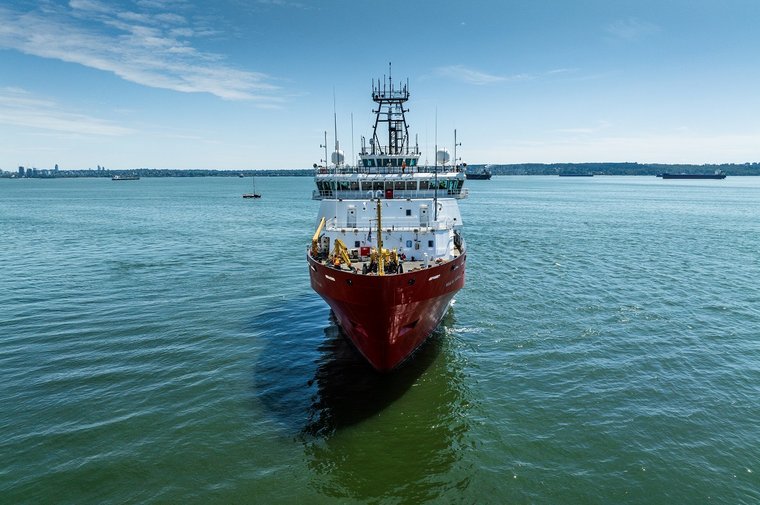Canadian Coast Guard OOSV Naalak Nappaaluk enters sea testing phase
Details
More Products & Services
Products & Services
Shephard Plus Update
Shephard Media
Shephard Plus is updating in June 2018 with rich new capabilities, and is now one of the most cost-effective and valuable aerospace and defence market intell...
Defence Insight
Shephard Media
Some of the things people like you use Defence Insight for:
- Total addressable market sizing ($)
- Competitor analysis
- Cost analysis
- Market forecasting
- Growth identification
- Increasing closing ratio
- Increasing closing order value
- Estimating product potential
- Calculating sales forecasting
- Supply and demand analysis
- Total addressable market sizing ($)
- Competitor analysis
- Cost analysis
- Market forecasting
- Growth identification
- Increasing closing ratio
- Increasing closing order value
- Estimating product potential
- Calculating sales forecasting
- Supply and demand analysis
Military Unmanned Systems Handbook
Shephard Media
The Military Unmanned Systems Handbook (Digital Download) is an international guide to the military UV industry and provides detailed information on air, ground and sea (surface & sub-sea) vehicles as well as subsystems. What's included: Unencrypted 390+ page PDF of equipment and supplier information Market summary
Description
Seaspan Shipyards has announced the beginning of sea trials with the Offshore Oceanographic Science Vessel (OOSV) as the construction of the Canadian Coast Guard Ship (CCGS) Naalak Nappaaluk edges closer to completion.
The Polar Class 6 platform has been designed to be the branch's largest science-dedicated vessel and work as a floating laboratory dedicated to oceanographic research and support ocean missions on the country's East Coast.
The testing, which was announced on 18 June, has been conducted in North Vancouver, British Columbia, and will be expected to last for the next few weeks. It will involve full-scale exercises on the West Coast and assessments of the performance
The Polar Class 6 platform has been designed to be the branch's largest science-dedicated vessel and work as a floating laboratory dedicated to oceanographic research and support ocean missions on the country's East Coast.
The testing, which was announced on 18 June, has been conducted in North Vancouver, British Columbia, and will be expected to last for the next few weeks. It will involve full-scale exercises on the West Coast and assessments of the performance

Share
Recent Chats
Share via email
Future: handle WhatsApp here
Future: handle LinkedIn here
Future: handle Twitter here
SUBMENU HERE
Share via Chat
Copy Link



